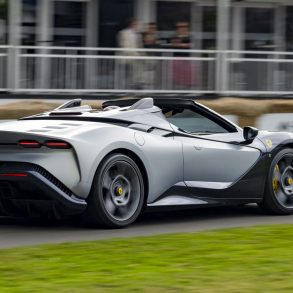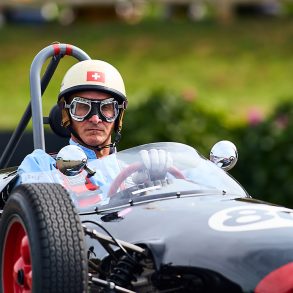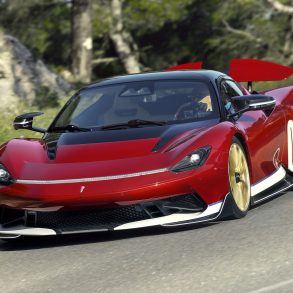In September, I had the good fortune to be able to attend this year’s Goodwood Revival. I had never been before but, like many people, have followed the hype for several years. Now that I’ve been, I can categorically say that it is one of those “automotive wonders of the world” that you have to see, at least once, before you grid up for that big race in the sky.

I think one of the things that makes the Goodwood Revival so special is that it is much more than a race, it is an enormous automotive drama, staged by tens of thousands of like-minded actors and extras over three days on England’s Sussex coast. Step onto the Goodwood grounds during Revival weekend and you step back in time to 1948. Warbirds are parked on the grassy airfield in the center of the track. Soldiers are bivouacked next to the paddock. Marilyn Monroe saunters by and blows you a kiss. And everywhere you look, spectators, competitors and mechanics are dressed in period clothing. The experience is surreal.
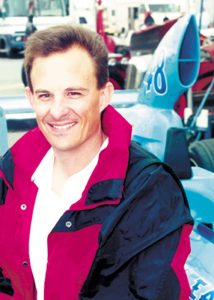
Editor
One of the other reasons I think the Revival is so special is the track. The Goodwood Motor Racing Circuit, as it is known, is itself a time warp. The track, which was closed for many years, remains virtually unchanged from its original configuration first used in 1948. What is to me fascinating about this point is that Goodwood has not undergone the decades of evolution and “improvements” that so many circuits today have. Essentially, it is as it was.
Therefore, as the circuit is unchanged it is both very fast and very dangerous. Keep in mind that before Goodwood closed, Bruce McLaren lost his life there in 1970 while testing a McLaren Can-Am car and Stirling Moss had his career-ending crash there when his Lotus 18/21 went off the road at St. Mary’s corner and crashed into the earthen embankment that rings much of the course.
Interestingly, it is the embankment’s proximity to the racing surface which makes the track so dangerous for the driver and yet exhilarating for the spectator. At most tracks in the U.S., the spectator has to stand a good 10–20 yards from the racing surface and is separated from the action by a 10–25 foot–tall reinforced chain link fence. At Goodwood, spectators along the front straight stand on the embankment, which is at best 6–10 feet from the racing surface and only about 3 feet elevated above it. Additionally, the only thing separating the spectators from the action is a waist-high fence. I have to confess that this is both exciting and scary as all hell.
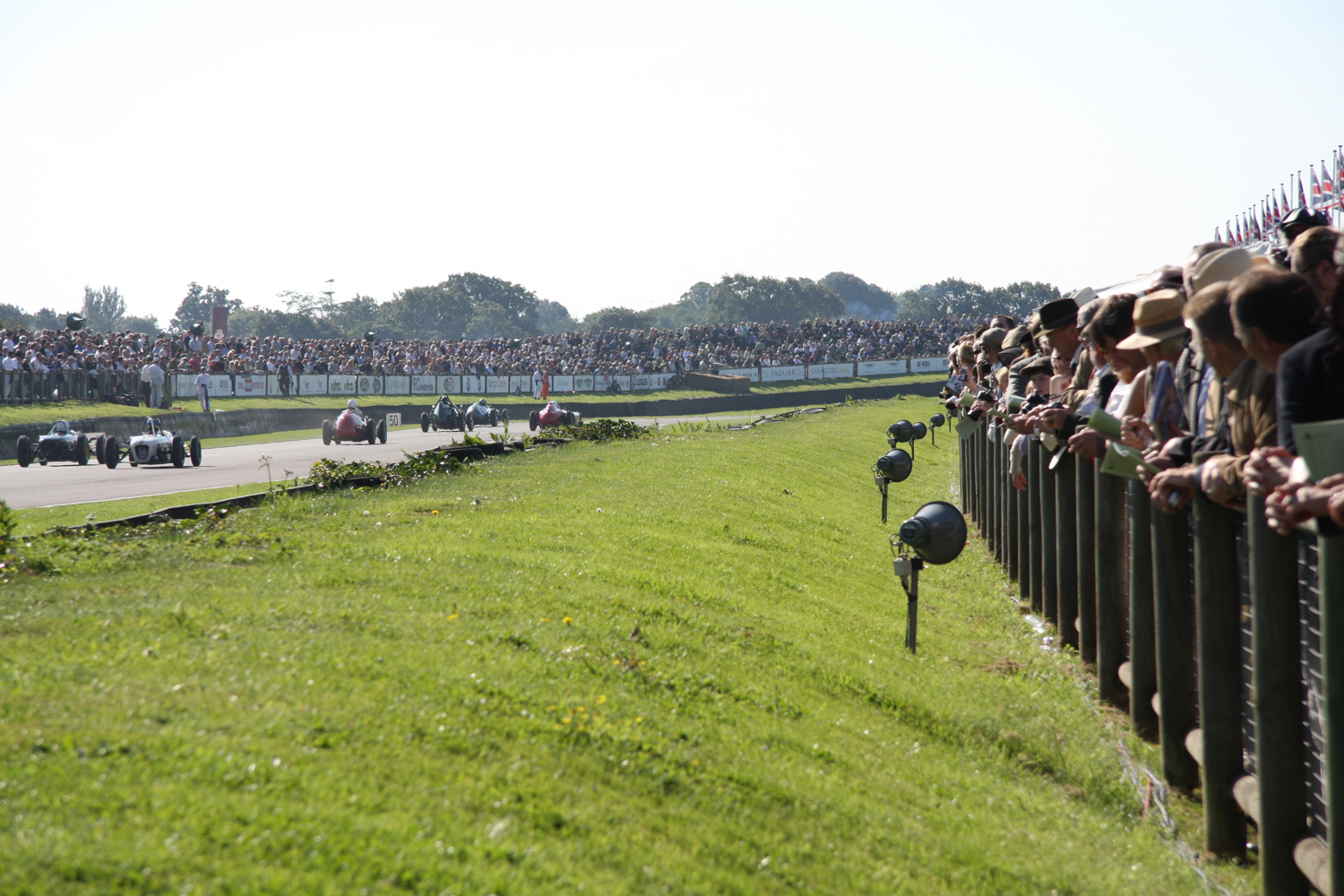
I can think of no other spectator event in the world where the casual, general admission enthusiast can stand so close—with an unobstructed view—of the racing action. However, standing there watching the race for early front-engine Formula One cars scream by, I can’t help but think what would happen if—God forbid—two cars tangled and got airborne. Remember, it was just two years ago at the Revival that just such a thing happened. As the same race for front-engined Grand Prix cars got under way, Nigel Corner’s Ferrari tangled with another car, catapulting him and his car end over end, landing on the top of the uninhabited embankment on the inside of the track. Having now seen the event, and the density of spectators packed nose to tail along the front straight fence, I shudder to think what might have happened if that same accident had happened on the other side of the track.
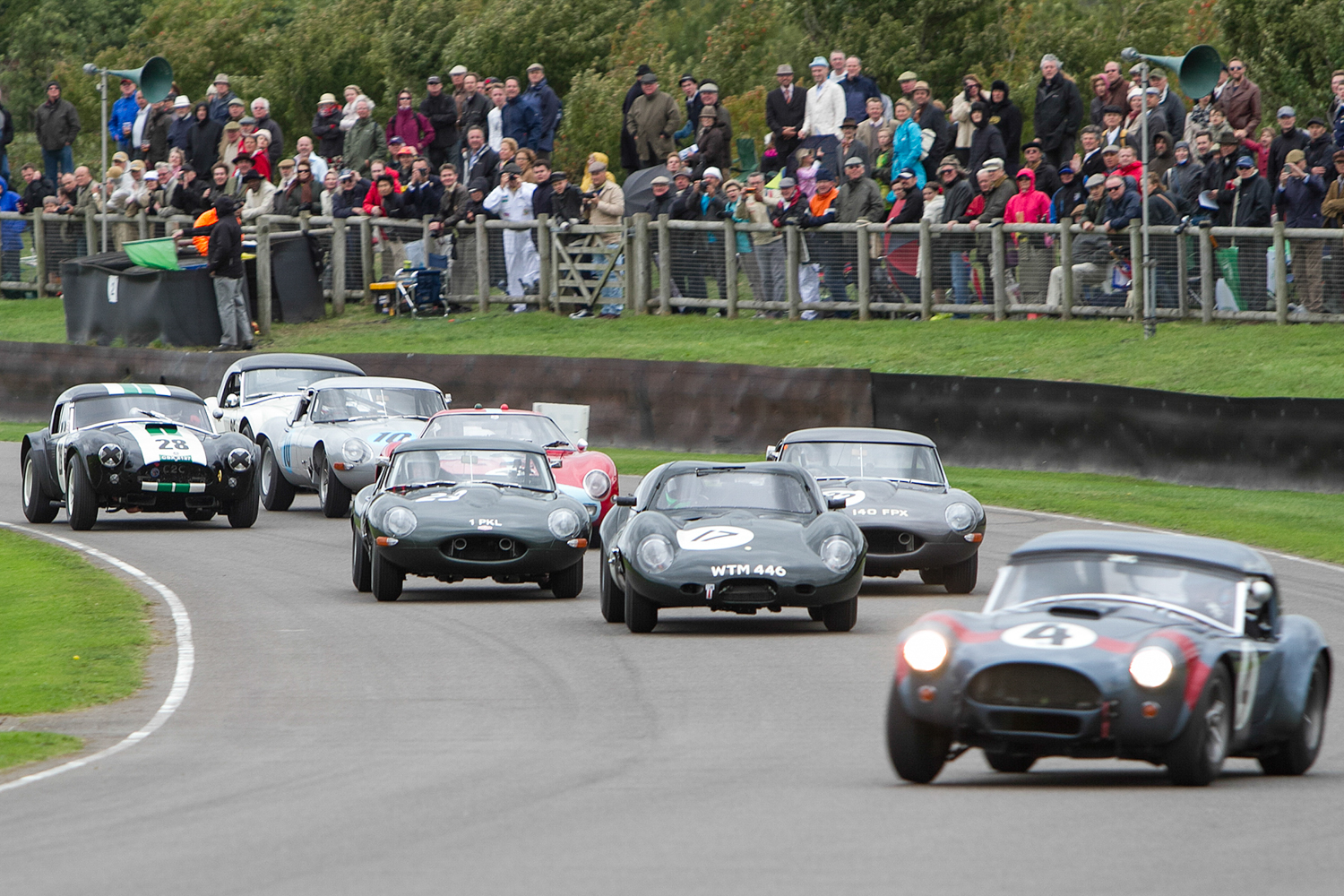
And yet, it is this close proximity, this sort of shared danger, that makes this event so much more exciting to watch than any other event—amateur or professional. The spectator feels connected to the cars here, in a way that only photographers and credentialed journalists get to feel at other venues.
In today’s litigious, “I can’t take responsibility for my own actions” society, how long can an event like this last before some nitwit ruins it for the rest of us? It’s hard to say. But I will say that you need to make it a point to see the Goodwood Revival before that day comes. It’ll take your breath away.




